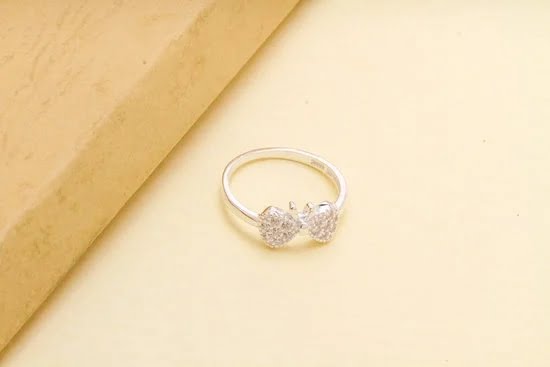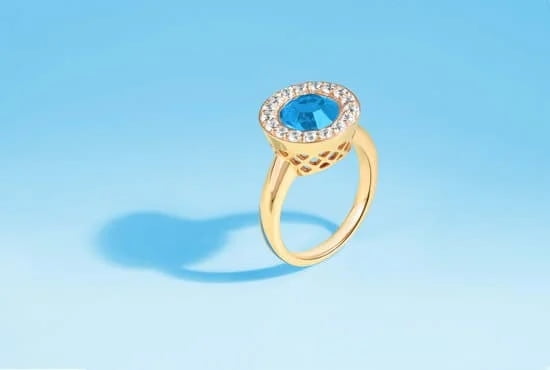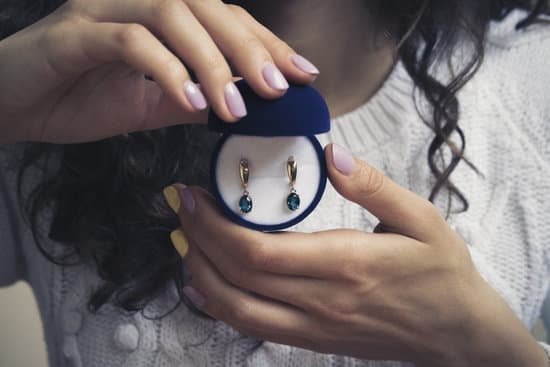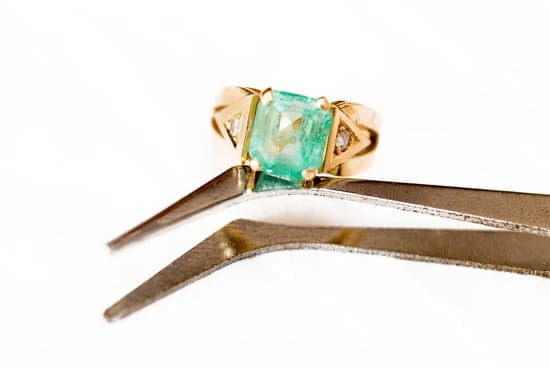Introduction
Making jewelry waterproof is an important task for any jeweler, as it ensures their pieces last longer and do not become tarnished or damaged when subjected to water. Waterproofing jewelry involves a few steps that can protect your creations from the effects of water. These steps include sealing the metal, coating parts with lacquer or wax, and using special protective finishes.
Sealing The Metal: To make sure the metal used in a piece of jewelry does not become tarnished when exposed to water, it needs to be treated with a sealant that will create a barrier between the metal and any moisture it comes into contact with. Ideally, you should use a sealant specifically designed for metals like stainless steel or gold-plated jewelry. In some cases, you may also find clear nail polishes that provide this type of protection to jewelry; however, these are typically not as durable as products made for specific metals.
Coating Parts With Lacquer or Wax: Coating parts of the jewelry with either lacquer or wax is another way to provide additional protection against water damage. Before doing so, be sure to thoroughly clean both the surface of the part being treated and your hands so there is no residue left over that could affect the finish. When applying either product, it’s best to use several thin layers instead of one thick coat; this will ensure an even distribution and help prevent air bubbles from forming during drying time.
Using Special Protective Finishes: Many types of jewelry now come with built-in protective finishes such as plating or enamel coatings that create an extra layer of defense against moisture damage. However, if a piece lacks this feature you may need to explore these options yourself; depending on what sort of materials you’re working with different protective finishes will be more suitable than others (for example gold plating is best suited for metals whereas enamels are great for glass beads). Moreover, other special treatments like polymer clay molds can provide additional defense against harsh elements like saltwater or ice melting chemicals without affecting the overall design of the piece too drastically.
Investigating Materials
When selecting jewelry pieces for waterproofing, you need to consider several important factors. The material of the jewelry is an important factor: some materials, such as stainless steel and titanium, are more resistant to water than others like copper and gold. For example, some types of stainless steel contain chromium which makes it naturally corrosion-resistant. In addition to material type, it is also important to consider the aesthetics of the jewelry; will the design hold up when submerged in water? Look for pieces with substantial thickness that won’t be easily damaged by aquatic environments.
You’ll also want to think about any components of the jewelry that could become loose or defective while underwater. This can include closures, settings and clasps used to secure a strand or chain together. Pay close attention to how these items are attached and always use reliable jeweler’s glue or an alternative strong adhesive such as E6000 epoxy or silicone. These products create a durable seal when applied properly. You may also want to look into using enhanced coatings like anodizing or PVD vacuum metallization which can help increase the endurance of your jewelry against moisture and wear-and-tear.
Testing Your Jewelry
Before attempting to make jewelry waterproof, you should determine what material the jewelry is made from and if it is already waterproof. Most jewelry today is already treated with a coating that makes it water-resistant, although some cheaper pieces of jewelry might not be. If you want to test the water resistance of your jewelry, you could put it in a bowl or container of water for about 5 minutes and observe any signs of breakdown or discoloration. If nothing happens after this period, then your jewelry is probably resistant to water.
If you find that your jewelry is not waterproof, then there are various products such as clear silicone sealants and spray-on coatings available at craft stores and online outlets which specifically designed for this purpose. Before applying one of these products, ensure that all parts of the piece are clean and dry as applying these types of protective coating on dirt or moisture will reduce its effectiveness. Make sure to follow all safety precautions that come with the product and read through all directions before use. Allow the protective coating time to cure before wearing the jewelry in wet environments like near a pool or beach. Reapply the coating every few months to maintain waterproofing strength on your piece of jewelry.
DIY Waterproof Jewelry
Making jewelry waterproof is an excellent way to protect your valuable pieces from wear and tear. You can make your own jewelry water-resistant with the right supplies and a few simple steps. To begin, you will need to identify what type of material your jewelry is made from so you can select appropriate products for waterproofing. If your jewelry contains precious or semi-precious stones, be sure to use a wax sealant rather than a spray. Wax sealants provide a stronger layer of protection compared to sprays and will not damage gems. After selecting the right product, follow the manufacturer’s application directions closely; depending on the item being protected, this process may involve submerging it in solution or brushing on layers of coating until an even protective layer is achieved. Once applied and dried, your DIY waterproof jewelry will have greater resistance against wear and water exposure ” ultimately protecting its beauty for years to come!
Protecting and Maintaining Waterproof Jewelry
Waterproof jewelry offers protection from common wear and tear, such as accidental spills or drops. To ensure that your jewelry remains waterproof, it is important to maintain it properly with the right techniques and products. Here are some tips for keeping your jewelry looking new and lasting longer:
1. Clean your jewelry regularly. Dirt, debris, and body oils can accumulate on the surface of jewelry over time and make it less water-resistant. To clean your pieces thoroughly, soak them in a dishwashing soap solution for 10 minutes then brush gently before rinsing with warm water. This will prevent dirt buildup and help maintain their waterproof properties over time.
2. Choose a good quality sealant for your jewelry pieces. It is important to coat them with an appropriate sealant that will protect against liquid damage without compromising their durability or appearance. There are many high-quality products available in stores such as crafts stores or online sites that specialize in waterproofing materials intended specifically for use on metals and other materials used to create jewelry.
3. Test the waterproof protection of your jewelry at regular intervals . Doing this will ensure that everything is still intact if you make any changes to your process when cleaning or sealing it — such as replacing old sealants over time or switching products out with something different–and will let you know if anything needs additional attention when caring for the piece going forward. If any signs of water damage or discoloration appears , you may need to reapply the protective coating or find another technique to keep moisture away from the piece altogether .
4. Use a buffing cloth regularly to restore original luster on metal surfaces . Dulling of metal surfaces can happen after regular wear and tear but can be restored quickly using a gentle buffing cloth designed specifically for polishing metals ” like silver polishing cloths ” which can also help rid minor scratches too!
Conclusion
To ensure your jewelry remains waterproof, regularly inspect it for signs of damage. Check the rings and clasps for any sign of discoloration or rusting, replace weakened settings and worn-out fastenings, and make sure the seals are secure. If a piece of jewelry cannot be made water resistant from home, then a professional jeweler may need to be contacted to make sure it is safe to wear while swimming or bathing. Lastly, always store your jewelry with care”keep in mind that certain environments such as high levels of humidity or extreme temperatures may still cause damage even when items are waterproofed.

Welcome to my jewelry blog! My name is Sarah and I am the owner of this blog.
I love making jewelry and sharing my creations with others.
So whether you’re someone who loves wearing jewelry yourself or simply enjoys learning about it, be sure to check out my blog for insightful posts on everything related to this exciting topic!





